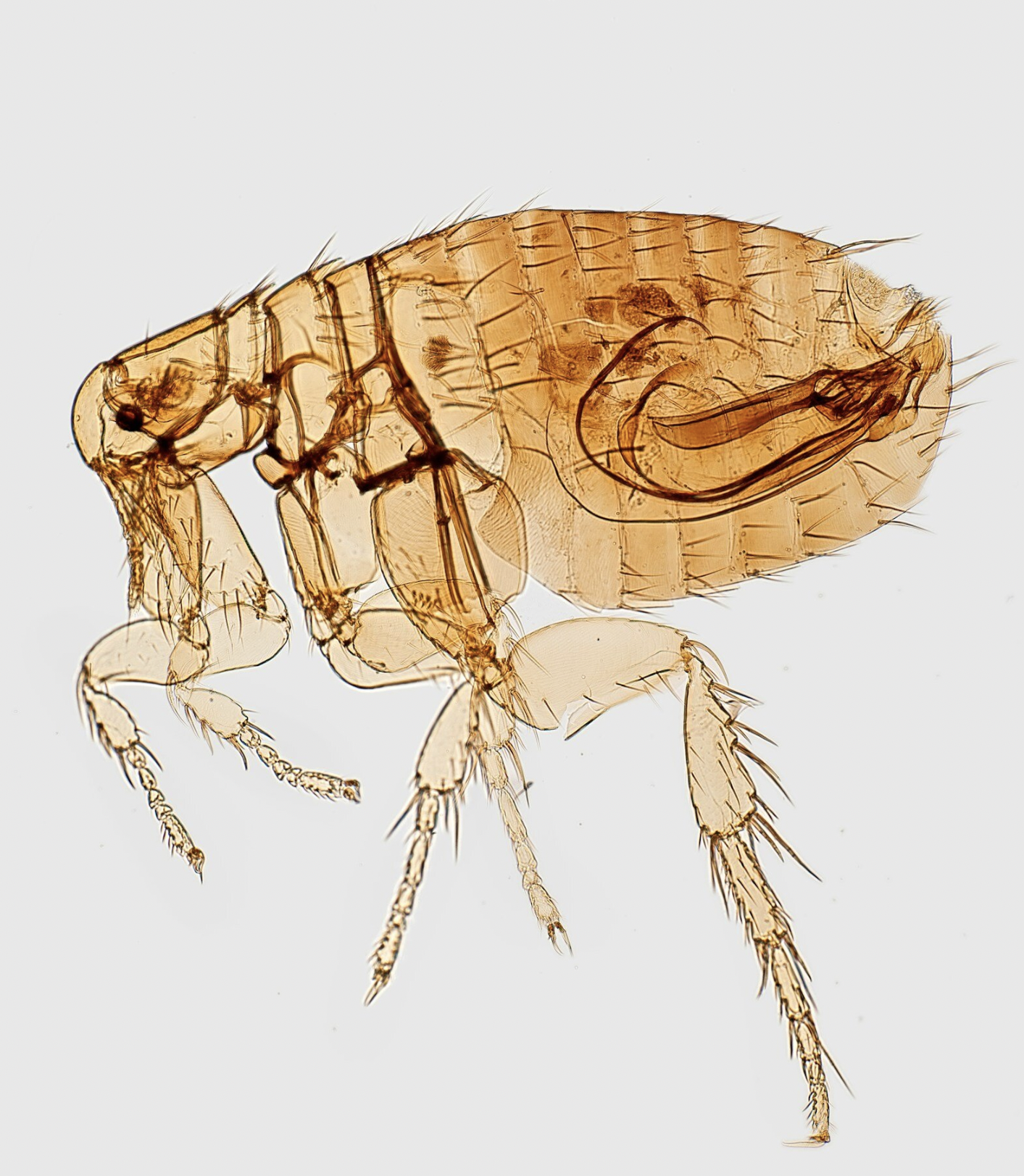Keeping Your Feline Friend Flea-Free: A Guide to Cat Flea Prevention and Treatment
As the weather warms up, fleas and ticks become more active - this is an unfortunate truth that cat owners must face in Spring!
Dealing with fleas is a challenge no cat owner wants to face. Not only can fleas cause discomfort and irritation for our beloved pets, but they can also lead to more serious health issues if left untreated. In this blog post, we'll explore everything you need to know about cats and fleas – from prevention tips to effective treatment options.
Understanding Fleas and Cats: Fleas are pesky parasites that feed on the blood of animals, including cats. These tiny insects can jump onto your cat from other infested animals or environments, causing itching, scratching, and even allergic reactions in some cases. It's essential to recognize the signs of a flea infestation in your cat, including excessive scratching, hair loss, redness or inflammation of the skin, scabbing, and the presence of flea dirt (black specks resembling pepper) in your cat's fur.
Fleas and Disease: Fleas are not just annoying; they can also transmit a variety of diseases and health problems to cats. Here are some diseases that cats can get from fleas:
Flea Allergy Dermatitis (FAD): Some cats are allergic to flea saliva, and even a single flea bite can trigger an allergic reaction. FAD causes intense itching, hair loss, skin inflammation, and secondary infections.
Tapeworm Infection: Fleas can serve as intermediate hosts for tapeworms. When a cat ingests a flea infected with tapeworm larvae during grooming, it can lead to a tapeworm infestation. Cats with tapeworms may exhibit symptoms such as weight loss, vomiting, and diarrhea. Tapeworms can be transmitted to humans in some cases.
Hemoplasmosis: Hemoplasmosis is a bacterial infection transmitted by fleas (and ticks) that affects a cat's red blood cells. Symptoms may include lethargy, weakness, pale gums, jaundice, and anemia. Severe anemia can be an emergency and even lead to death.
Bartonellosis (Cat Scratch Fever): Fleas can carry Bartonella bacteria, which can be transmitted to cats through flea bites. While some infected cats may not show any symptoms, others may develop fever, lethargy, swollen lymph nodes, and flu-like symptoms. As the name implies, cat scratch fever can also be transmitted to humans.
Anemia: Severe flea infestations can lead to anemia in cats, especially in kittens or debilitated individuals. Anemia occurs when fleas consume large amounts of blood, leading to a decrease in red blood cell count and oxygen-carrying capacity.
Preventing Fleas in Cats: Prevention is key when it comes to keeping your cat flea-free. Here are some effective strategies to prevent fleas from infesting your feline friend:
Use Flea Preventative Products: Talk to your veterinarian about safe and effective flea preventatives for cats. These products can help repel fleas and prevent infestations. Many flea prevention products also offer protection against other parasites.
Maintain a Clean Environment: Regularly vacuuming your home and washing your cat's bedding can help eliminate flea eggs, larvae, and adults from your environment. Pay special attention to areas where your cat spends a lot of time, such as carpets, furniture, and bedding.
Flea Prevention For All: Outdoor cats and dogs are more likely to come into contact with fleas and other parasites, so it's essential to take extra precautions to protect them. If you. have multiple pets and some go outside, it is is essential that everyone be protected against fleas!
Treating Fleas in Cats: If your cat does become infested with fleas, prompt treatment is essential to alleviate discomfort and prevent further complications. Here are some steps you can take to treat fleas in your cat:
Consult Your Veterinarian: Schedule a visit to your veterinarian as soon as you suspect your cat has fleas. Your vet can recommend the best treatment options based on your cat's age, health status, and the severity of the infestation.
Use Flea Treatment Products: Your veterinarian will prescribe flea treatments to eliminate fleas from your cat's fur and prevent reinfestation. Follow your vet's instructions carefully when applying or administering these products.
Treat Your Home: In addition to treating your cat, you'll also need to treat your home to eliminate fleas and prevent them from returning. Vacuuming daily, washing bedding, and in some cases using household flea sprays or foggers can help eliminate fleas from your environment.
Fleas can be a nuisance for both cats and their owners, but with proper prevention and treatment, you can keep your feline friends flea-free and healthy.



